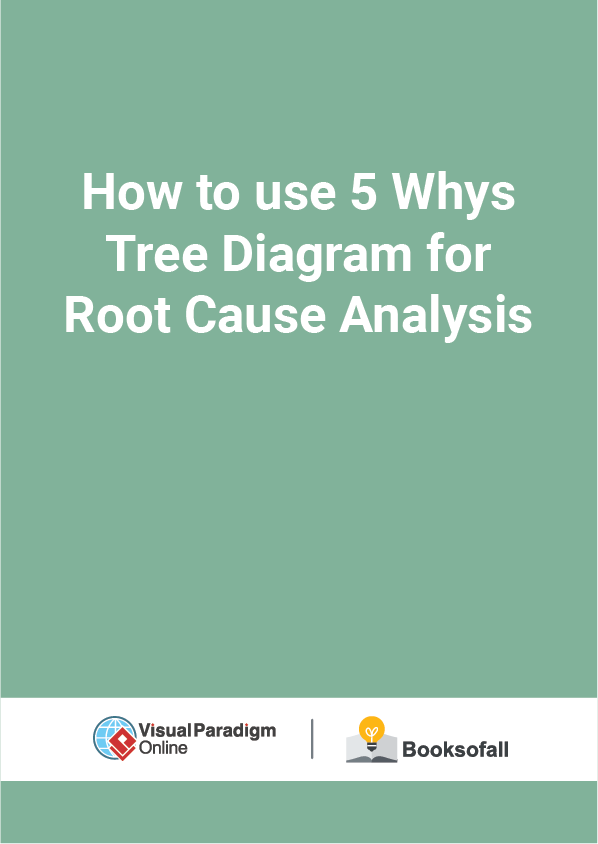How to use 5 Whys Tree Diagram for Root Cause Analysis?
5-6 minutes
When there are issues such as unsatisfied customers, decreasing market share, poor quality, etc. you have to understand the root cause of the issue. Only by addressing the root cause can a problem be fixed. Root Cause Analysis (RCA) is a method of problem-solving used for identifying the root causes of faults or problems. It is widely used in a wide variety of industries.
What is A Root Cause?
All trees have a trunk, branches, and leaves. These are parts that immediately spring to mind since they are the ones we can see. The part we don’t see is the root system that anchors the tree to the ground. This root system often occupies a far larger area than the tree itself. It also continues to grow even if the tree’s branches have had a hard pruning. That’s why the system of drilling down to get to the heart of an issue is called Root Cause Analysis.
Why Root Cause Analysis?
Root cause analysis is an important step to enable companies to make the right changes to prevent faults from happening over and over again. There are three ways of dealing with recurrent problems. We can:
- Ignore them.
- Perform a temporary fix.
- Get to the bottom of why they’re happening in the first place.
If we take the first option, the problem will never be solved and could escalate. If we take option two, it is the equivalent of painting over a stain or sticking a piece of tape over a leak and hoping it will hold – you’re treating the symptoms, but not the cause.
Taking the third option, i.e. analyzing the root cause, is the most time consuming, but should allow you to take steps to ensure that the problem never occurs in the future.
How to use the 5 WHY analysis?
Here are some easy steps to effectively perform a 5 WHY analysis:
- Write down the problem. Writing helps you to formalize the problem and describe it completely. If you work with a team, it also helps the team to focus on the same problem.
- Ask yourself why did the problem happen and write down the answer.
- Ask yourself – looking at your answer – again why did the problem happen, and write down the answer.
- And again, ask yourself – looking at your answer – why did the problem happen.
- Ask yourself this question as often as necessary until the team agrees that the problem’s real root cause is identified. This may take fewer or more times than 5WHYS.
Performing Root Cause Analysis with Multiple 5Whys using Tree Diagram Not like a single 5 whys analysis hand one cause at a time, the tree diagram can be used to narrow down and eliminate possible causes in a diagram, ideally to one or more addressable root causes to be considered at one single diagram.











